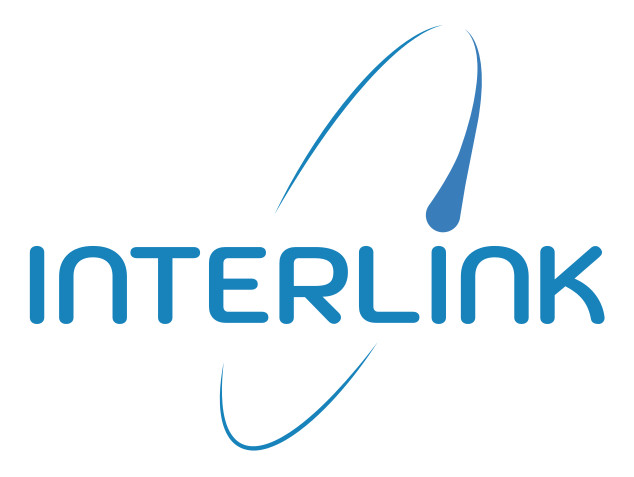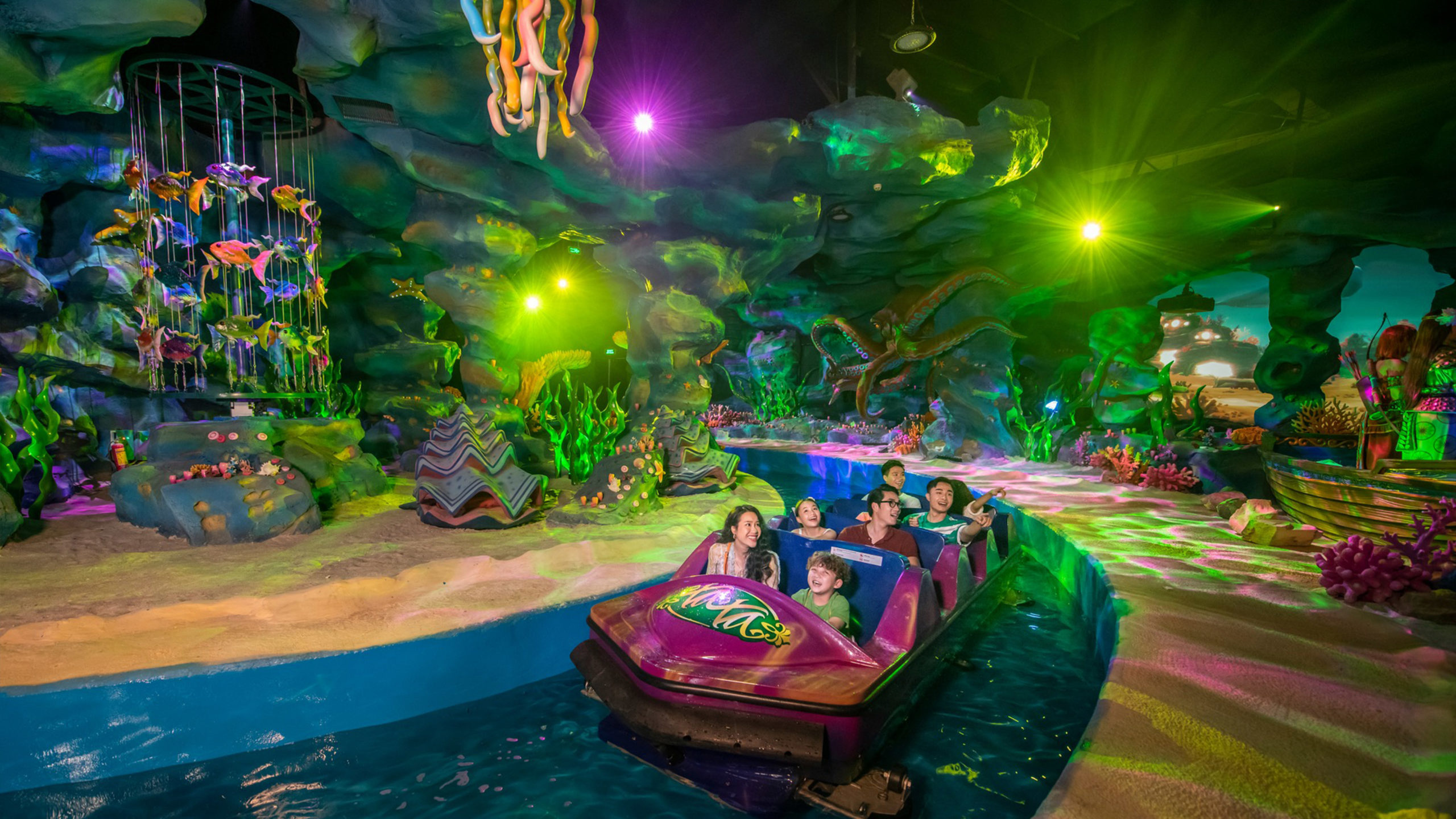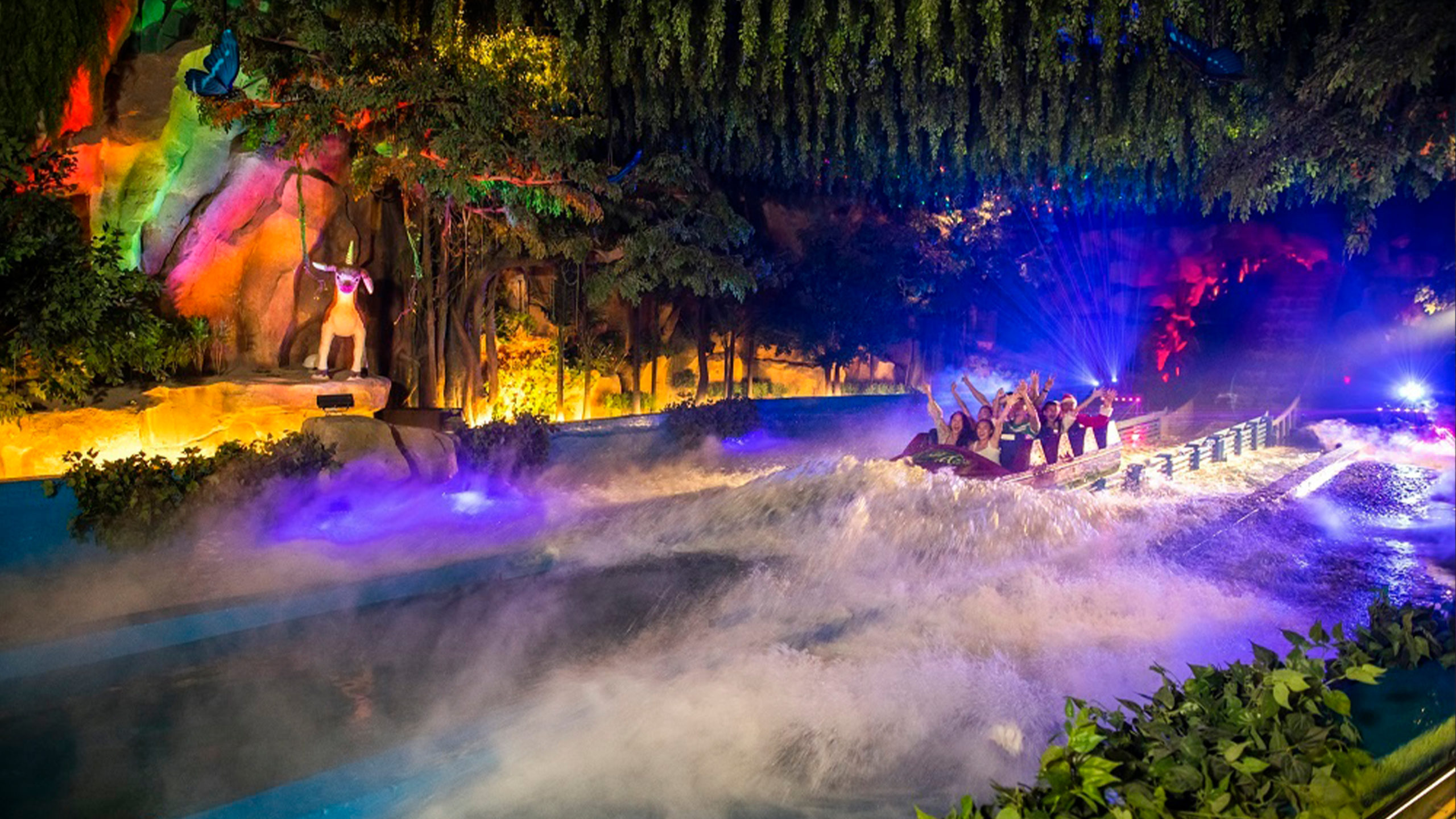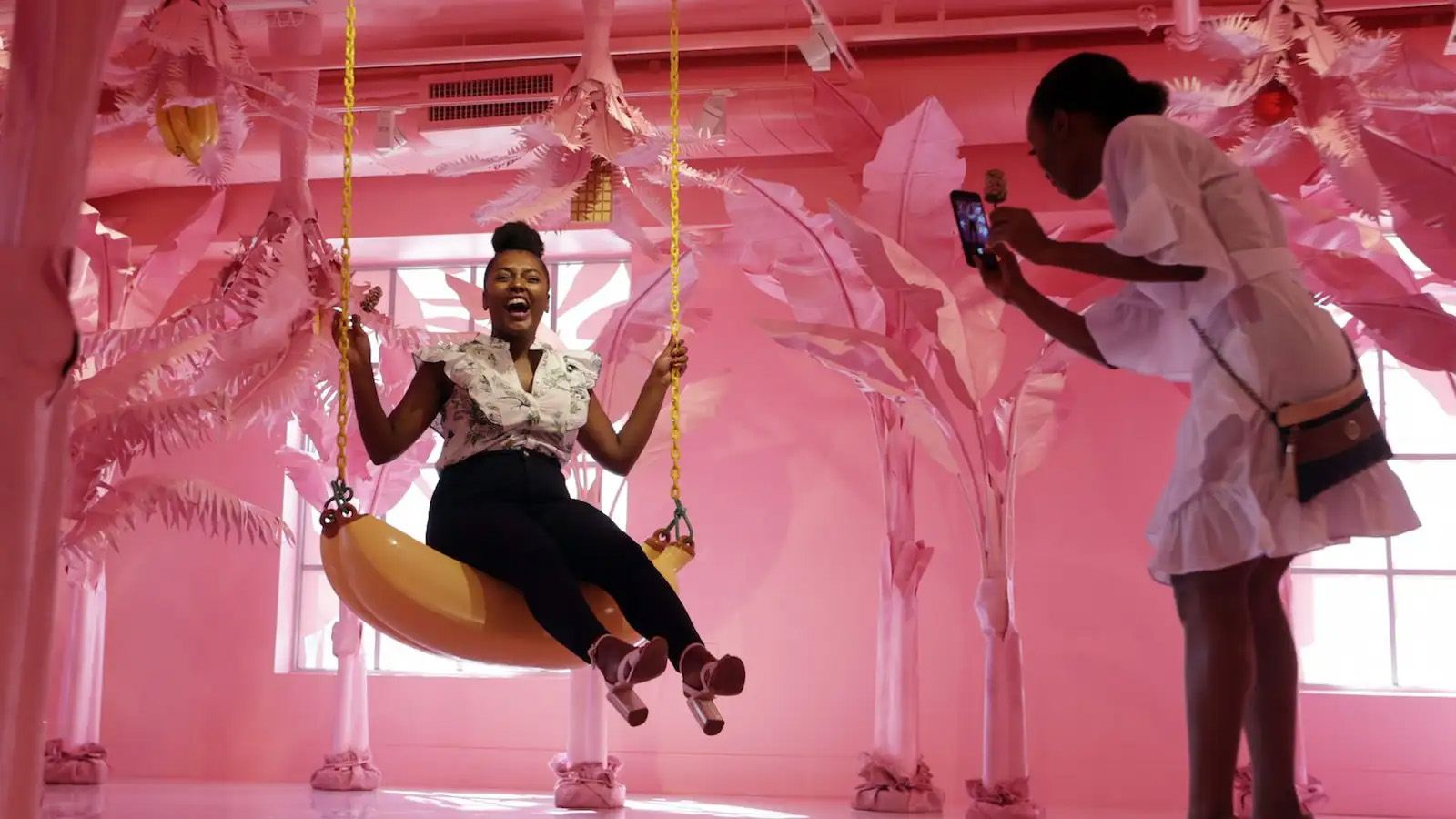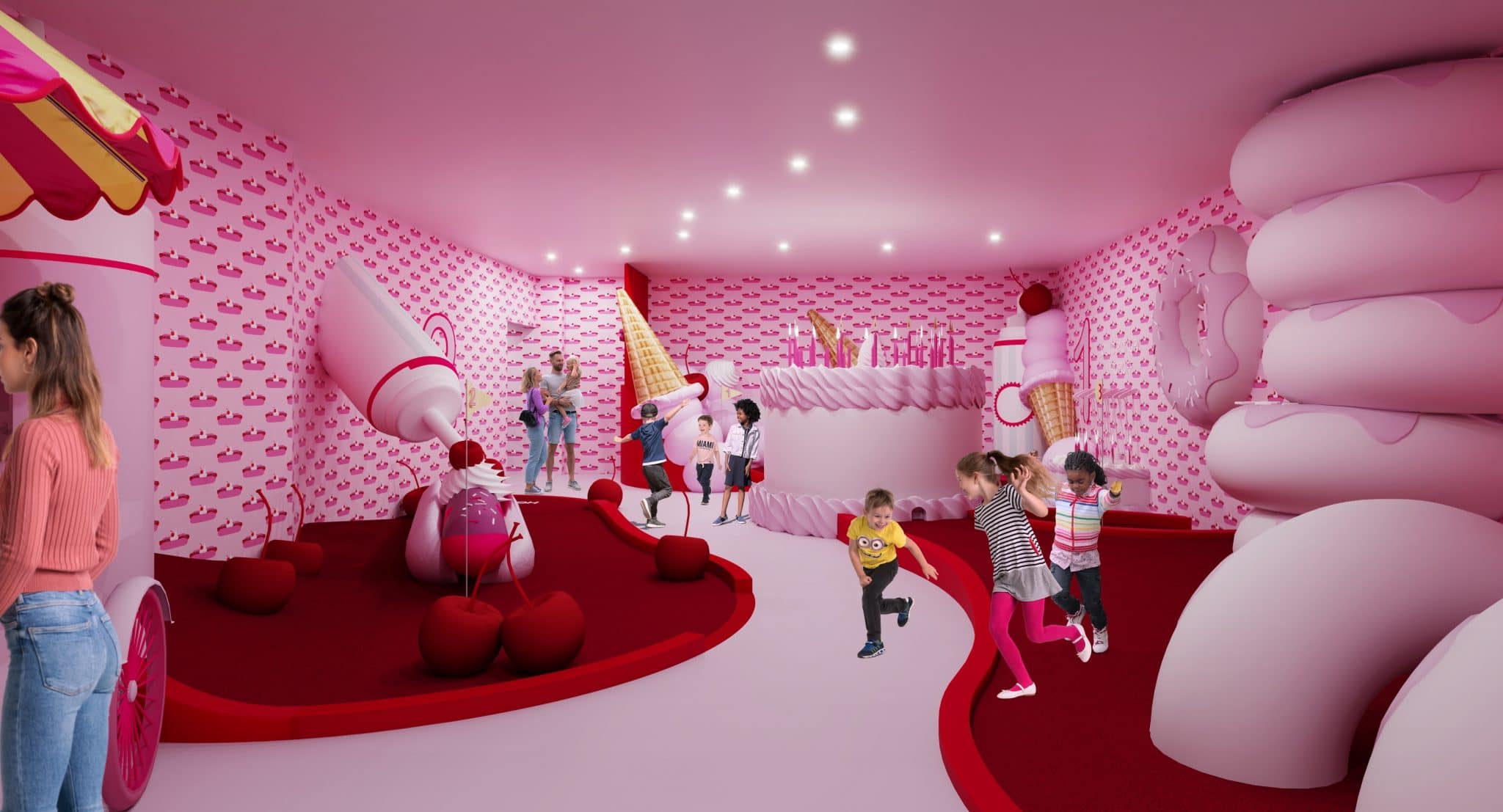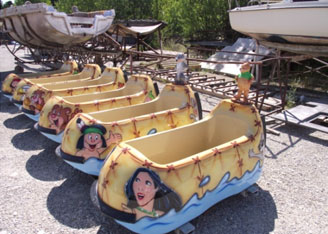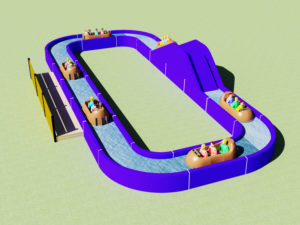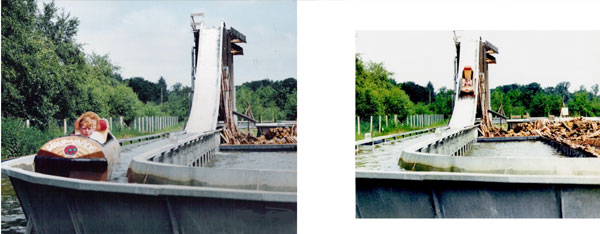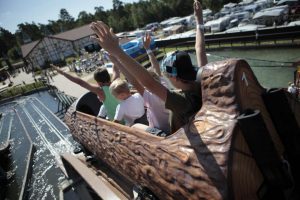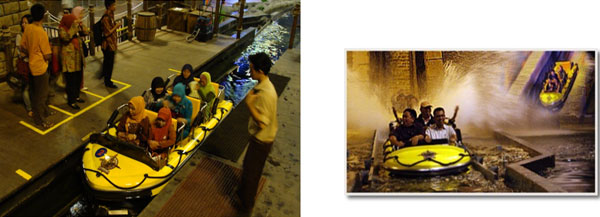
In the realm of themed entertainment, where imagination intertwines with reality, the success of an experience often hinges on its ability to captivate and resonate with its audience. Behind the enchanting façades of theme parks, museums, and immersive events lies a strategic force that guides the design, content, and overall allure of these spaces – marketability.
Marketability, a term often associated with commerce, takes on a unique significance when applied to the realm of immersive experiences. It becomes the compass guiding creators through the dynamic intersection of artistic vision and audience appeal.
Evolution of Marketing Strategies in the Industry
In the early days of theme parks, marketing strategies differed significantly from today. Before the era of social media and the internet, theme parks relied on traditional advertising methods like print, TV, newspapers, and radio. Localised marketing was more prevalent, focusing on attracting nearby visitors. Therefore, parks were more focused on fulfilling entertainment voids in their community, with new additions to a park’s offering being experiences that would attract local visitors.
Theme Park advertising consistently aims to ignite the imagination of visitors, compelling them to perceive their engagement as an authentic experience rather than merely a ride. In bygone eras, when photo manipulation technology and film editing were in their infancy, theme parks often relied on illustrations and cartoons to portray the exhilarating adventures awaiting guests. In stark contrast, contemporary advertisements harness advanced tools such as photoshopped marketing imagery and CGI-enhanced promotional videos—tools that were neither accessible nor feasible half a century ago. When parks contemplate the addition of their next attraction, careful consideration must be given to the accompanying advertising campaigns. Does it feature a relatable character? How does it distinguish itself? Does it embody a captivating theme that sets it apart? These critical questions dictate what makes an attraction stand out in the crowded landscape of themed entertainment.
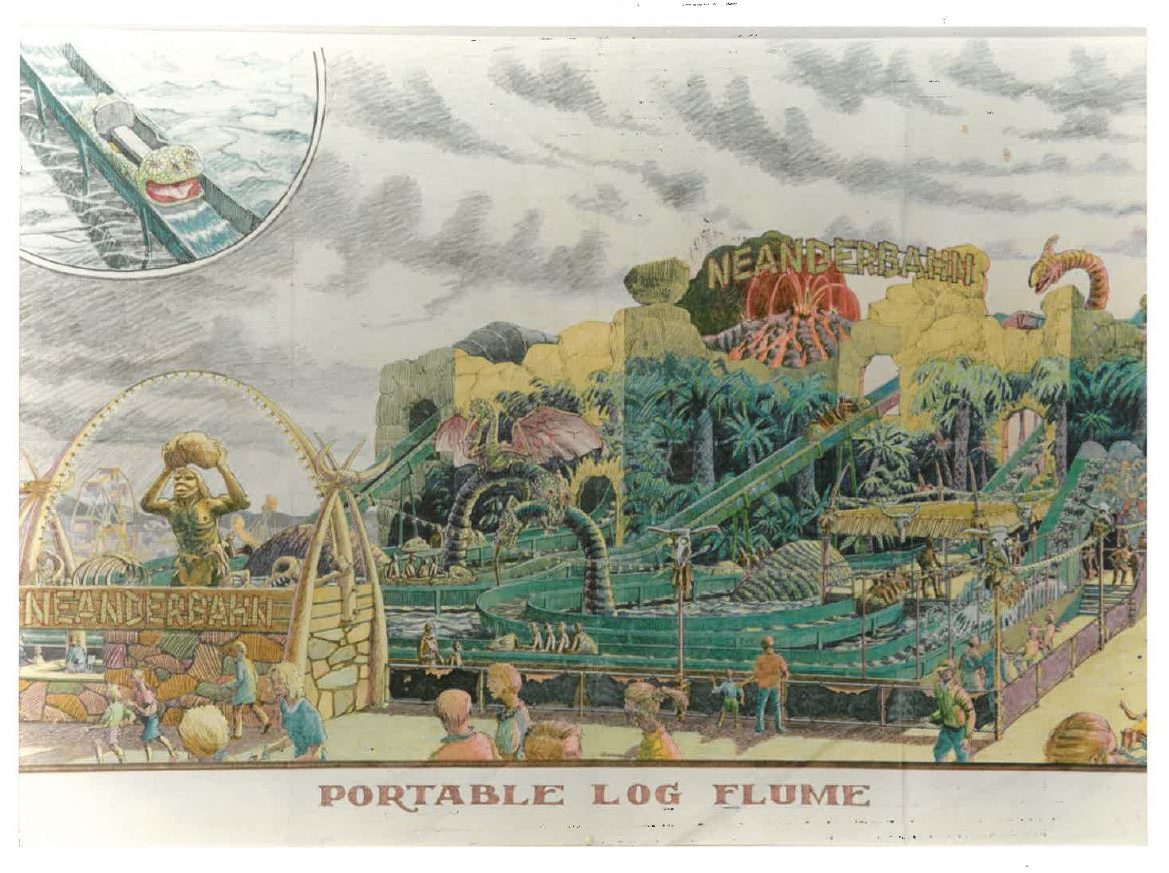
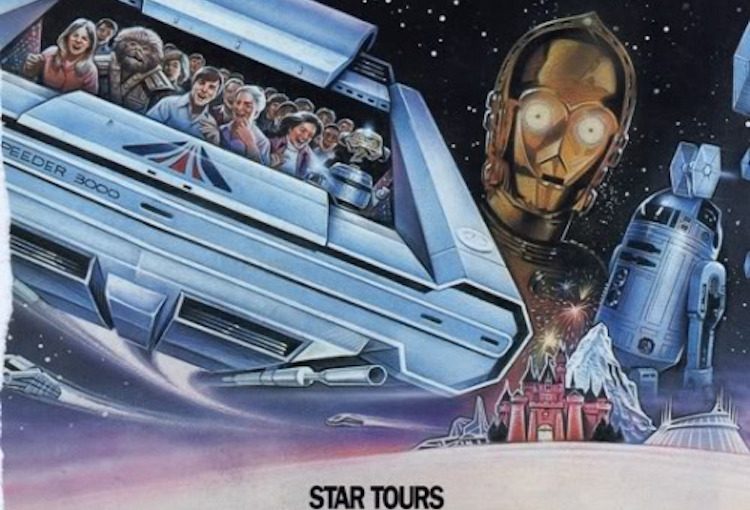
The Shifting Landscape: From Television to Social Media
For the majority of attractions, the conventional path of advertising has been eclipsed by the realm of online activity and social media. This shift has further strained already limited budgets, causing some attractions to predominantly focus their marketing efforts on social media nowadays instead. The substantial national and international reach of this approach provides a distinct advantage over localised advertising methods. Over time, television advertising for theme parks has decelerated in particular, with many opting to allocate resources to bolster their online presence, a cost-effective alternative to producing extravagant content for television broadcast.
Examining Walt Disney Parks and Resorts, which possesses the financial capacity to incorporate TV advertising into its marketing mix, reveals a fascinating evolution in one of their original marketing strategies. The media-centric approach has been a consistent thread throughout Disney’s reign. It commenced with Walt Disney producing the ‘Walt Disney’s Disneyland’ anthology series in the 1950s to heighten awareness of Disneyland before its grand opening. This initiative has evolved over the years, manifesting in multiple TV series on their Disney Plus streaming platform, including ‘The Imagineering Story,’ ‘Behind the Attraction,’ and ‘One Day at Disney’ series. These productions not only inspire and engage their already captivated digital media audience but also beckon them to experience a tangible manifestation of their favourite shows on Disney Plus. Disney strategically aligns their new attractions with their latest movies, leveraging the pre-existing marketing efforts associated with the films to enhance the marketability of the attractions.
Brands and Intellectual Properties (IPs)
This adoption of Intellectual Properties (IPs) and brand collaborations has become a trend embraced by numerous parks over the past two decades. In the wake of the successes achieved by parks like Disney and Universal, regional counterparts are actively forging partnerships with iconic characters from movies and TV shows, seamlessly integrating them into their latest attractions. This strategic move enhances an attraction’s marketability by capitalising on the pre-existing relationship consumers have with these beloved brands, enticing them to partake in an experience featuring characters they already hold dear. Noteworthy collaborations include Sesame Street at Port Aventura World, the World of Jumanji at Chessington Theme Park, and Peanuts Camp Snoopy featured in various Cedar Fair-owned parks across the USA. While these brand affiliations undeniably contribute to marketing success and the attraction of new audiences, they also come with a substantial price tag, necessitating careful consideration to ensure a justifiable return on investment.
The significance of in-house IPs emerges as a crucial aspect in this landscape. Though initially lacking the widespread recognition enjoyed by external brands, in-house IPs gradually earn a place in the hearts of dedicated guests over time. A notable case highlighting the effective utilisation of an existing IP for enhanced marketability is observed in the recent refurbishment of Alton Towers’ Nemesis. An elaborate marketing campaign was orchestrated around the existing IP, spotlighting its rebirth as a new ride while retaining the essence of the original. This approach aimed to avoid confusion among visitors who might have been disheartened by its replacement. The marketing strategy not only informed visitors about the upcoming refurbishment but also generated excitement by leveraging the marketability of the established back-story, thus amplifying the impact of its final reveal.
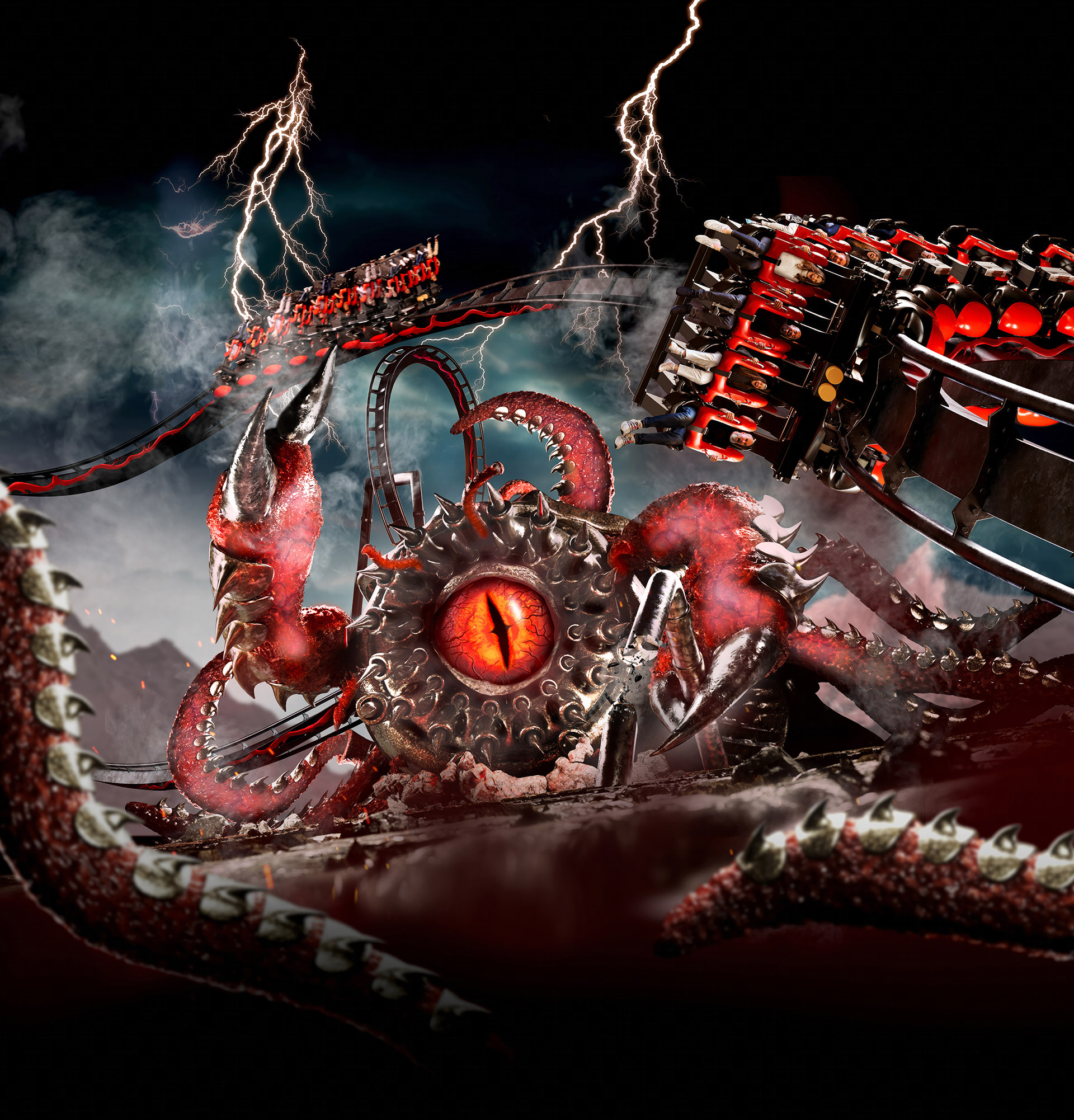
One of Interlink’s latest projects featured VinWonder’s Nha Trang also utilises a park’s own home-grown IP. Initially conceived for their Nighttime Spectacular, the “Tata Show” narrative has been seamlessly integrated across the park, featured in a myriad of shows and attractions, including the Tata World River Adventure. This now-familiar brand within the park served as a cornerstone in marketing the novel dark ride addition, presenting it as a fresh opportunity for guests to embark on an immersive exploration of the diverse world and actively contribute to the Princess’ quest like never before.
The Social Media Era: Aesthetics and "Instagrammability"
As digital has taken the marketing world by storm, a lot of theme park’s strategies have shifted their focus towards social media and digital advertising. The consideration of aesthetics has become paramount, emphasising the importance of creating experiences that are inherently “instagrammable.” The profound impact a viral video or image post can have on attracting additional visitors cannot be underestimated, making it an integral aspect that must be deliberately integrated into the design of attractions.
A myriad of examples now exists where museums, exhibits, and experiences are crafted with this ethos in mind. A prime illustration is The Museum of Ice Cream, which has expanded to multiple locations. While the establishment actively encourages adults to engage with its whimsical theming and interactives, it is discerning not to overlook the deliberate creation of an incredibly photogenic experience that inherently markets itself. The fusion of interactive elements with visually stunning aesthetics exemplifies a strategic approach aimed at not just capturing attention on social media but ensuring that the experience becomes a self-promoting entity.
The Pursuit of Superlatives and Innovative Marketing Strategies
What we see a lot of in Themed Entertainment is a relentless pursuit of excellence, marked by a fierce competition to boast the longest, biggest, or fastest one-of-a-kind ride—an unparalleled experience. The aspiration is to stand out, to be incomparable. Theme parks are driven to incorporate marketable superlatives into their advertisements when unveiling the latest additions to their attractions. As seasonal parks gear up for upcoming seasons, engaging in intense marketing campaigns to unveil what lies ahead, they find themselves in a head-to-head competition, each vying to attract customers, especially during popular school holidays. The belief that the more impressive the new ride showcased in their advertisements, the greater the likelihood of being the most popular park for that season.
Recognising that many families are deterred by the high associated costs of a day trip to a theme park, companies like Merlin have implemented a strategic solution. They promote discount pricing, encouraging patrons to bring coupons found on popular branded grocery items. This approach, aimed at alleviating financial concerns, echoes a longstanding technique observed since George Tilyou’s legendary Steeplechase Park in Coney Island during the 1960s. In collaboration with Elmhurst Dairy, a milk producer, and their product “Skinny,” a skimmed milk offering, park-goers could save $1.00 on a $3.00 book of ride tickets by presenting an empty container of “Skinny.” This time-tested tactic not only addresses cost concerns but also contributes to the enduring allure of theme park experiences.
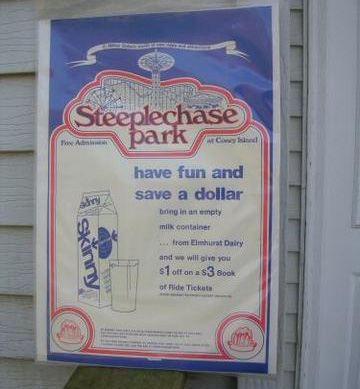

In summary, marketability stands at the core of themed entertainment, shaping experiences to resonate with audiences. The industry’s evolution from traditional to digital marketing, with a focus on global online platforms and social media, underscores the pivotal role of marketability. Collaborations with established brands and intellectual properties attract attention but necessitate careful financial considerations. Social media’s emphasis on aesthetics and shareability has made “instagrammability” a key factor in organic marketing success. Meanwhile, the competitive quest for superlatives and innovative strategies, such as discount pricing tied to popular brands, demonstrate the dynamic interplay between marketability and the ever-changing landscape of themed entertainment.
